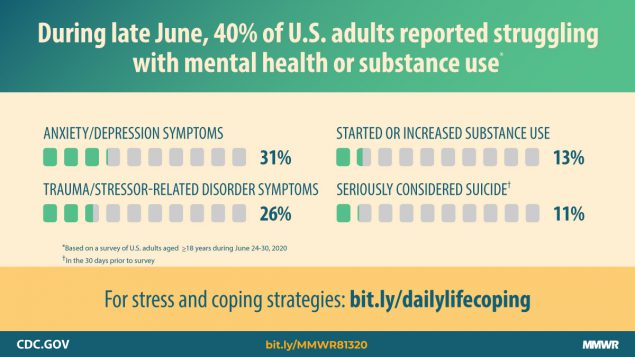It’s a scenario that’s become a silent nightmare in homes across the country. A teenager, maybe your own, is on their phone, smiling at messages that pop up. But in a matter of hours, that smile can turn to panic and terror. This isn’t just online drama; it’s a dangerous and sometimes deadly criminal scheme called “sextortion,” and it’s increasingly targeting teens where they feel safest: their phone’s text messages.
Tragic stories, like those of Elijah Heacock, David Gonzalez Jr., and Jack Sullivan, highlight a devastating reality. These boys were victims of sophisticated scams that ended in the worst possible way, leaving their families shattered and asking what they could have done.

Many parents are unaware of the specifics of this threat, and most teens are too ashamed or scared to speak up. This guide is meant to arm you, as a parent, with the knowledge to understand this threat, the tools to protect your children, and a plan of action if the unthinkable happens.
Understanding the Predator’s Playbook
Sextortion isn’t a random, clumsy attack. It’s a calculated scheme with a clear pattern. Here’s how criminals, often from overseas, execute their plan:
- The Approach: Scammers pose as teenage girls, often using social media platforms like Instagram or apps such as Wizz to make initial contact with teen boys. They befriend the target, building a quick and seemingly innocent rapport.
- Moving to a Private Space: The conversation quickly moves to a more private channel. Increasingly, criminals push to get a teen’s phone number to continue the chat on a texting app like Apple’s iMessage.
- The “Blue Bubble” Trust: For teens, an iMessage conversation (with its distinctive blue text bubbles) can feel more trustworthy and personal than a social media DM or a standard “green bubble” SMS text. Scammers exploit this misplaced trust.
- The Trap: The scammer sends explicit photos of a “girl” and pressures the boy to send one in return. Crucially, even if your child doesn’t send anything, the criminals may use AI to create a fake nude image of them.
- The Extortion: Once they have an image—real or fake—the friendly persona vanishes. It’s replaced by relentless threats to share the picture with the teen’s family and friends, whose names are often scraped from their social media profiles. Then come the demands for money, often for hundreds or even thousands of dollars.
What to Watch For: The Red Flags
Your child will likely be too afraid to tell you what’s happening. Look for these behavioral changes:
- Sudden Secrecy and Anxiety: Is your child suddenly withdrawn, anxious, or irritable, especially concerning their phone?
- Isolation: Are they avoiding friends and family?
- Unusual Financial Distress: Are they suddenly desperate for money without a clear explanation or asking to use payment apps like Cash App?
- Changes in Phone Habits: Are they either glued to their phone at all hours or avoiding it entirely?
Your Action Plan: Prevention and Response
You are not helpless. Your support and swift action can make all the difference.
Step 1: Prevention Through Open Conversation
This is your most powerful tool. You must talk to your kids about sextortion before it happens.
- Name the Threat: Use the word “sextortion.” Explain the playbook so they recognize the red flags. Tell them scammers create fake AI images.
- Create an “Amnesty” Policy: Promise them, and mean it, that they will never be in trouble for coming to you with a problem like this. Reassure them that your only goal is to protect them. As one grieving mother said, “If we knew then what we know now, we could have talked to him about it.”
- Question “Online Friends”: Teach them to be skeptical of online “friends” who quickly ask for personal information or want to move to a private chat.
Step 2: Use the Tech Tools You Have
While scammers are moving to texting apps because they have fewer safeguards than social media platforms, there are still tools you can use.
Activate “Communication Safety”: On your child’s iPhone, you can enable a feature called “Communication Safety” through Family Sharing. It’s on by default for kids under 13, but you must manually enable it for older teens. This feature will blur nude images sent or received in the Messages app and present a warning, encouraging your child to talk to someone they trust. Google’s Messages app for Android has similar features.
Step 3: What to Do If It Happens
If you suspect your child is a victim, follow these steps immediately:
- Stay Calm and Reassure: Your child is the victim of a crime. Tell them you love them, they are not in trouble, and you will handle this together.
- Do NOT Pay: Paying the scammers will not make it stop. They will only demand more.
- Preserve Everything: Do not delete anything. Take screenshots of the conversations, the social media profiles, the phone numbers, and any payment requests. This is crucial evidence for law enforcement.
- Block and Report: Block the scammer on all platforms. Then, go to the social media app where the contact started (Instagram, Snapchat, etc.) and use their tools to report the user for harassment and exploitation.
- Contact the Authorities Immediately:
- Call your local police department or sheriff’s office.
- File a report with the National Center for Missing and Exploited Children through their CyberTipline. This is a critical step, as they are the central hub for tracking these crimes.
Your child’s trust in you is the ultimate defense. By fostering open communication and knowing how to respond, you can be the safe harbor they need to escape this terrifying storm.





![Pageflex Persona [document: PRS0000026_00029]](http://www.rammuthiah.com/blog/wp-content/uploads/2016/06/ACX_TellMyDad-300x300.jpg)
